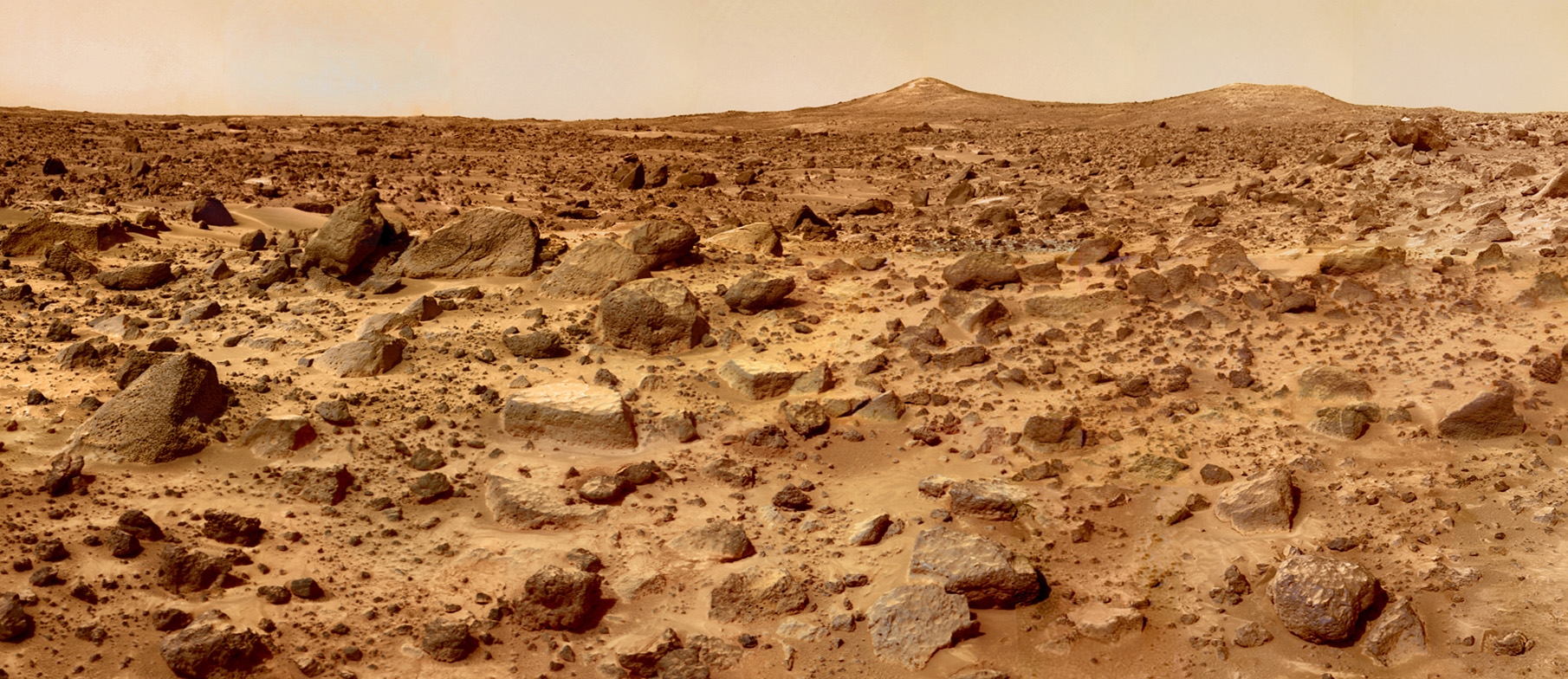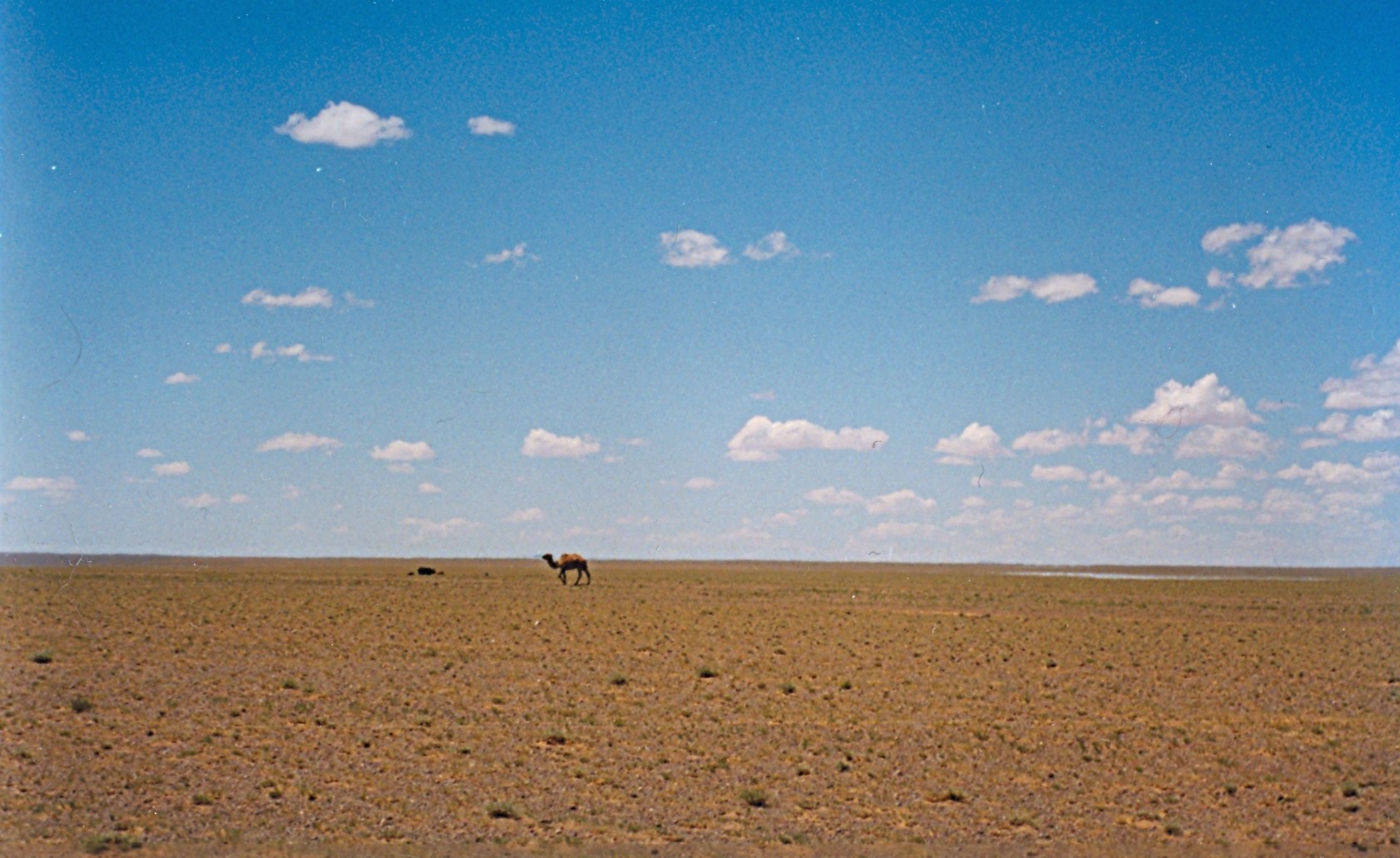= ASTRONAUTICAL EVOLUTION =
Issue 129, 1 August 2016 – 47th Apollo Anniversary Year
| Site home | Chronological index | About AE |
Creating a self-sustaining desert civilisation: Aridopolis
Inspiring talk about Mars – but what will the strategy be?
The National Geographic Channel has announced a new TV series dramatising the first manned flight to Mars in 2033. The six-parter is due to be launched this November.
See report at io9 and the official trailer on YouTube.
As well as all the usual space action, dramatic music, etc., the trailer offers some inspiring statements:
- “A new hope for humanity” (one of the astronaut characters)
- “Creating a self-sustaining civilisation on Mars will be the greatest adventure ever in human history” (Elon Musk)
- “Right now we’re becoming a multi-planetary species” (Peter Diamandis)
The very first flight is supposed to lay the groundwork for a permanent human settlement on the Red Planet. In order to manage and operate that and subsequent flights, the film-makers have teamed up two fictional organisations: the International Mars Science Foundation and the commercial Mars Mission Corporation (see sneak preview of a press release on this page – due for official release in May 2033, assuming all goes well…).
The government–commercial partnership is a promising sign. But I am keen to see what their strategy will be. I hope they are not simply assuming that an Apollo-style dash for Mars will lead to anything but disappointment and cancellation?
Building civilisation in the desert
SF author Charlie Stross blogged in 2007:
“Mars is … well, the phrase ‘tourist resort’ springs to mind, and is promptly filed in the same corner as ‘Gobi desert’. As Bruce Sterling has put it: ‘I’ll believe in people settling Mars at about the same time I see people settling the Gobi Desert. The Gobi Desert is about a thousand times as hospitable as Mars and five hundred times cheaper and easier to reach. Nobody ever writes “Gobi Desert Opera” because, well, it’s just kind of plonkingly obvious that there’s no good reason to go there and live. It’s ugly, it’s inhospitable and there’s no way to make it pay. Mars is just the same, really. We just romanticize it because it’s so hard to reach.’ In other words, going there to explore is fine and dandy – our robots are all over it already. But as a desirable residential neighbourhood it has some shortcomings, starting with the slight lack of breathable air and the sub-Antarctic nighttime temperatures and the Mach 0.5 dust storms, and working down from there.”
A good challenge which anyone seeking to settle Mars needs to answer.
And the answer is obvious: it is first to produce a successful desert settlement on Earth using the same approaches as one would need to live on Mars. Let’s call this place Aridopolis – aridity being the chief environmental factor defining a desert, and hinting at its ultimate daughter colony at Areopolis (i.e. on Mars).
Key demonstrations to be carried out at Aridopolis would include:
- Progressively greater material independence from the rest of the world economy, with self-sufficiency, using only local resources and highly efficient recycling systems, in the following areas (in order of difficulty):
- Water;
- Energy;
- Food;
- Furniture, clothing and similar low-tech manufactured products;
- Machinery, computers, drugs and similar high-tech products.
- A social environment suitable for raising children, allowing natural population growth.
- An attractive destination for migrants from elsewhere on Earth, allowing further population growth by immigration.
- A political system capable of maintaining individual rights, liberties, and social stability.
- A dynamic economy capable of continued growth, allowing the settlement to keep up with the rest of the world.
- Sufficiently good relations with the host country (see table below) to allow wide freedom to experiment with novel social systems and customs within Aridopolis while avoiding any challenge to the host country’s sovereignty.
Where might such a settlement be located? In his book The Millennial Project, Marshall Savage advocated creating such settlements on floating islands on the surfaces of the tropical oceans. This is probably a viable longer-term prospect, and in the long run presumably necessary for full political independence. But in the near term it would be better to start off with at least some solid ground under one’s feet. Here are the 24 largest terrestrial deserts (data from geology.com). Pick your desert and start building your city of the future…
| Rank | Name | Type | Area (sq km) | Location |
| 1 | Antarctic | Polar | 14,200,000 | Antarctica |
| 2 | Arctic | Polar | 13,900,000 | Alaska, Canada, Greenland, Iceland, Norway, Sweden, Finland, Russia |
| 3 | Sahara | Subtropical | 9,100,000 | Northern Africa |
| 4 | Arabian | Subtropical | 2,600,000 | Arabian Peninsula |
| 5 | Gobi | Cold Winter | 1,300,000 | China, Mongolia |
| 6 | Patagonian | Cold Winter | 670,000 | Argentina |
| 7 | Great Victoria | Subtropical | 647,000 | Australia |
| 8 | Kalahari | Subtropical | 570,000 | South Africa, Botswana, Namibia |
| 9 | Great Basin | Cold Winter | 490,000 | United States |
| 10 | Syrian | Subtropical | 490,000 | Syria, Iraq, Jordan, Saudi Arabia |
| 11 | Chihuahuan | Subtropical | 450,000 | Mexico |
| 12 | Great Sandy | Subtropical | 390,000 | Australia |
| 13 | Kara-Kum | Cold Winter | 350,000 | Uzbekistan, Turkmenistan |
| 14 | Colorado Plateau | Cold Winter | 340,000 | United States |
| 15 | Gibson | Subtropical | 310,000 | Australia |
| 16 | Sonoran | Subtropical | 310,000 | United States, Mexico |
| 17 | Kyzyl-Kum | Cold Winter | 300,000 | Uzbekistan, Turkmenistan, Kazakhstan |
| 18 | Taklamakan | Cold Winter | 270,000 | China |
| 19 | Iranian | Cold Winter | 260,000 | Iran |
| 20 | Thar | Subtropical | 190,000 | India, Pakistan |
| 21 | Simpson | Subtropical | 145,000 | Australia |
| 22 | Mojave | Subtropical | 140,000 | United States |
| 23 | Atacama | Cool Coastal | 140,000 | Chile |
| 24 | Namib | Cool Coastal | 34,000 | Angola, Namibia, South Africa |
Now we can begin to talk about “a new hope for humanity”! For if people can live sustainably in the Great Victoria Desert or the Kara-Kum, then they can live equally so, and with equally little dependence upon global supply routes and global pollution sinks, in London or Rio de Janeiro.
In other words, Aridopolis would be the prototype of a kind of self-sufficient city which would be the key to sustainable living both on Earth and off it.
It will be interesting to see whether National Geographic’s new epic will reflect this in any way, or whether they are simply relying on the by now rather tired theme in which sending a few people to live on Mars is supposed to transform the lives of everybody left on Earth without actually making much difference to those lives…
Please send in comments by e-mail.
Interesting and relevant comments will be added to this page.
| Site home | Chronological index | About AE |


